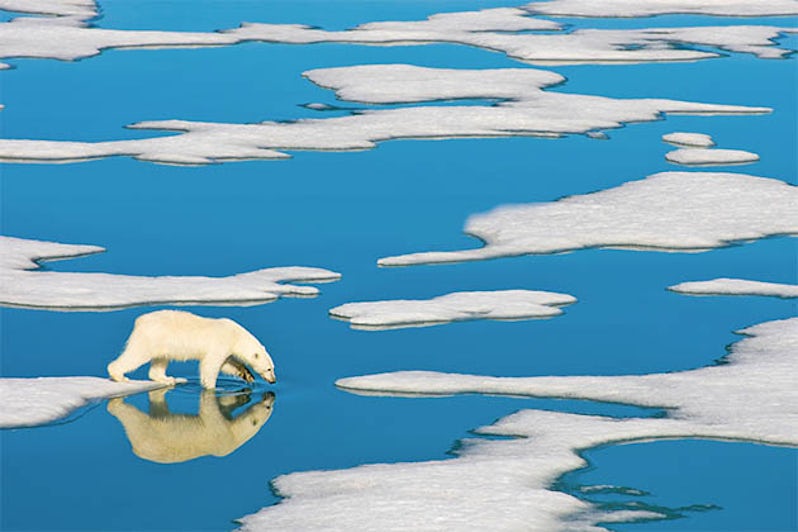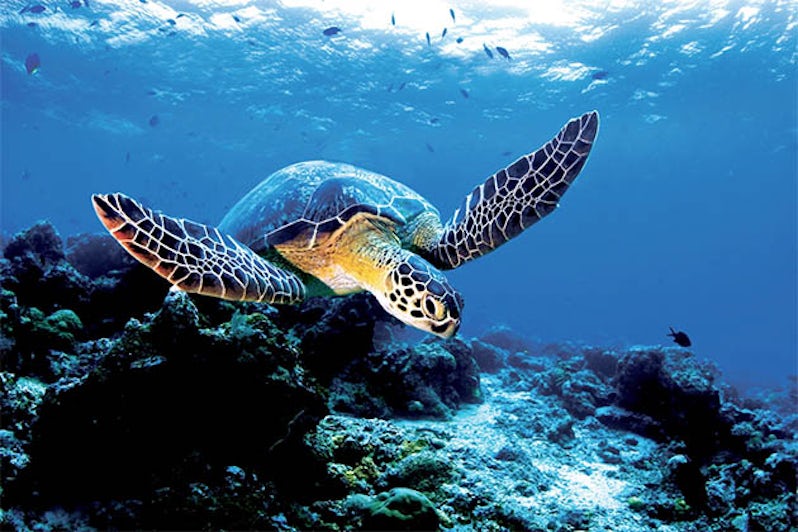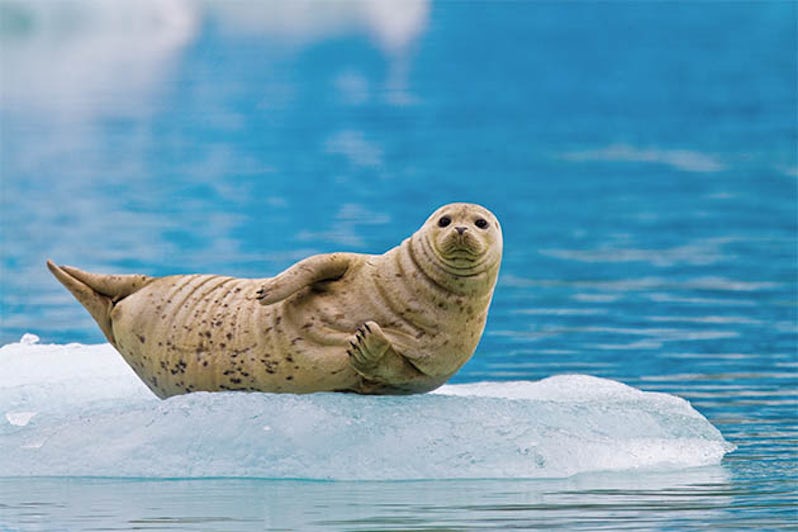Wild at Heart: The World's Best Places for Wildlife Sightings


"Observing wildlife is one of the biggest rewards of travel," says David Mizejewski, a naturalist with the National Wildlife Federation. "The opportunity to see wildlife in its natural habitat, especially rare species, is an incredible experience that can make people aware of the need to protect vulnerable wildlife and its habitat."
To see some of the world's most amazing creatures up close, and to do so in a way that that's safe and proper for all involved, here's a great way to go: Choose a reputable expedition cruise outfitter that features naturalists as guides and emphasizes conservation. Then head to any of the following five destinations:
Alaska
Whales of all kinds are among the stars of Alaska's vast wilderness. From mid-spring through early fall, humpbacks, belugas, orcas and other species can be found throughout the southeastern part of the 49th state. Take in the best views in the channels and bays of the Inside Passage.
An abundance of other wildlife can be found throughout Alaska, including within the Arctic National Wildlife Refuge. The almost 20-million acres of pristine, protected land in the state's northern reaches are home to 46 species of mammals and more than 200 species of birds. Polar bears, grizzly bears and golden eagles are among the iconic wildlife found within.
For an underrated way to experience Alaskan wildlife, according to marine ecologist Clare Fieseler, witness a salmon run. "Because when the salmon run, then eagles come, and then bears come," Fieseler says. "You're going to see more than just one thing." Salmon spawn statewide throughout summer.
Galapagos
Millions of years of isolation helped make the Galapagos archipelago the world's most iconic place to see wildlife. Located in the Pacific Ocean a little more than 600 miles off the coast of Ecuador, the Galapagos' 20 islands contain more than two-dozen endemic species, including giant tortoises, marine iguanas and the flightless cormorant. In the Galapagos, you can snorkel with penguins while sea lions playfully nip at your fins.
What truly sets the Galapagos apart, however, is the behavior of its wildlife; animals here lack an instinctive fear of humans, so travelers may generally get close to animals. The animals, too, may approach travelers. But that doesn't mean you should make wildlife buddies. "The rule of thumb for observing wildlife is simple," Mizejewski says. "Keep wildlife wild, and never try to touch, feed, pet, approach or in any way treat a wild animal like you would a pet or a domesticated animal."

South Pacific
Marine life and birds are the draws in the Southern Line Islands, the Tuamotu Archipelago and other islands and atolls of French Polynesia. For the best views of the former, grab a snorkel or put on full dive gear and swim into the warm, clear waters around the region's protected coral reefs.
Blue needlefish, lemonpeel angelfish and parrotfish are among the tropical fish found throughout the region. Sea turtles, manta rays and several shark species including blacktip, hammerhead and silvertip sharks, also make the scene.
In the air, boobies, white terns and the endemic white-capped fruit dove are among the birds to spot.

South Georgia & the Falklands
On this remote island in the South Atlantic, it's mostly about the penguins, many, many penguins. A massive colony of king penguins thrives here, as do populations of gentoo and macaroni penguins. The day-to-day activities of the waddling characters notoriously entertain and fascinate travelers.
As befits a place known as the "Serengeti of the South," other wildlife thrives here, too. Elephant seals and fur seals are abundant, and it's one of the few places in the world to spot a wandering albatross. Some of the birds' wingspans are enormous, reaching beyond 10-feet-long tip to tip. In the Falklands, there are massive king penguin colonies that number up to 200,000 birds. The Falklands is also home to 100,000 nesting pairs of black-browed albatross.